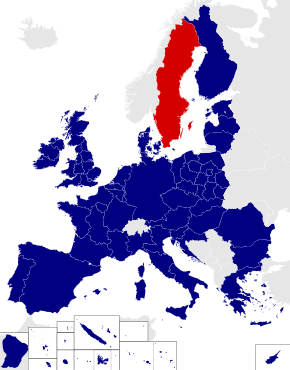Be a senator
5th Grade – History – Parliamentarism (Swedish Educational System)
|
|
Materials for the class– Music Player and CD or mp3, instrumental music for phase 1.
|
Layout of the classroom
|
|
Phase 1The teacher and group stand in a circle. The teacher explains to the group that when the music is on everybody can walk in the space acting out one of the instructions (written below) that the teacher gives until it stops the music. When the music stops the teacher gives a number, which shows the amount of people per group. For example, if the teacher says “3” student should come together in groups of 3. These numbers can change each time the music stops. At the end of the activity the teacher gives a number which can equally divide the class into 4 groups. until the end of the activity.
|
|
Phase 2
|
|
Phase 3When the groups finalize their statements the teacher allows the group to decide a leader to speak in front the others. No debates will take place. It is just a group leader that will present the statements. After all have spoken, each group will choose one statement for their group which is the most important one.When all the groups are ready, the Group leader will walk up to the desks standing on the stage in front of the others. Now, one at a time, they will present why their statement is good for society and how it would help. After each explanation groups can disscus and vote for the statement or against the statement with YES or NO cards.The teacher can trigger the students mind with the some questions:– Is this your group decision or an individual opinion?
|
|
Phase 4Organize the desks and chairs back to the order they usually are. And reflect on todays workshop especially on;The represented colors for each group as nowadays politics.The division of the groups and the statements.How todays countries in EU decide on different statements. |
|
Phase 5The teacher lastly brings a
|


 SmartOWL
SmartOWL